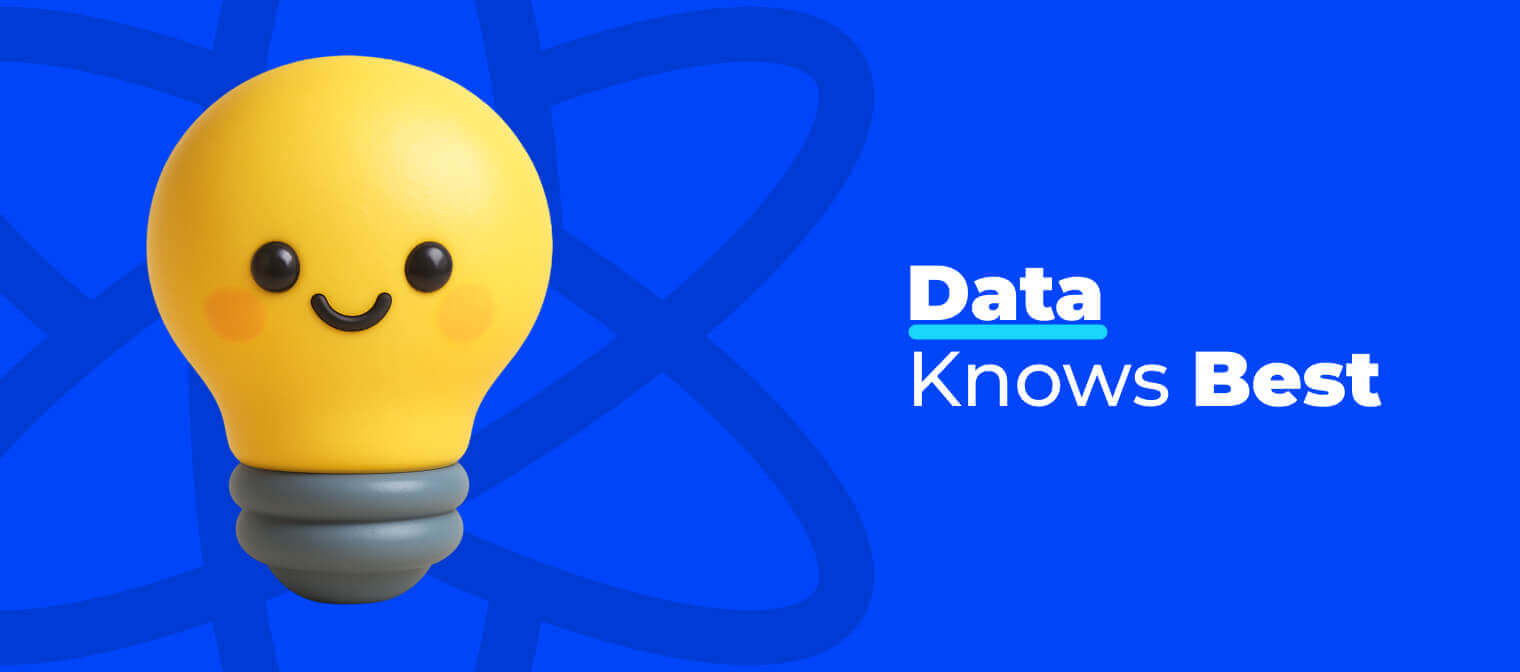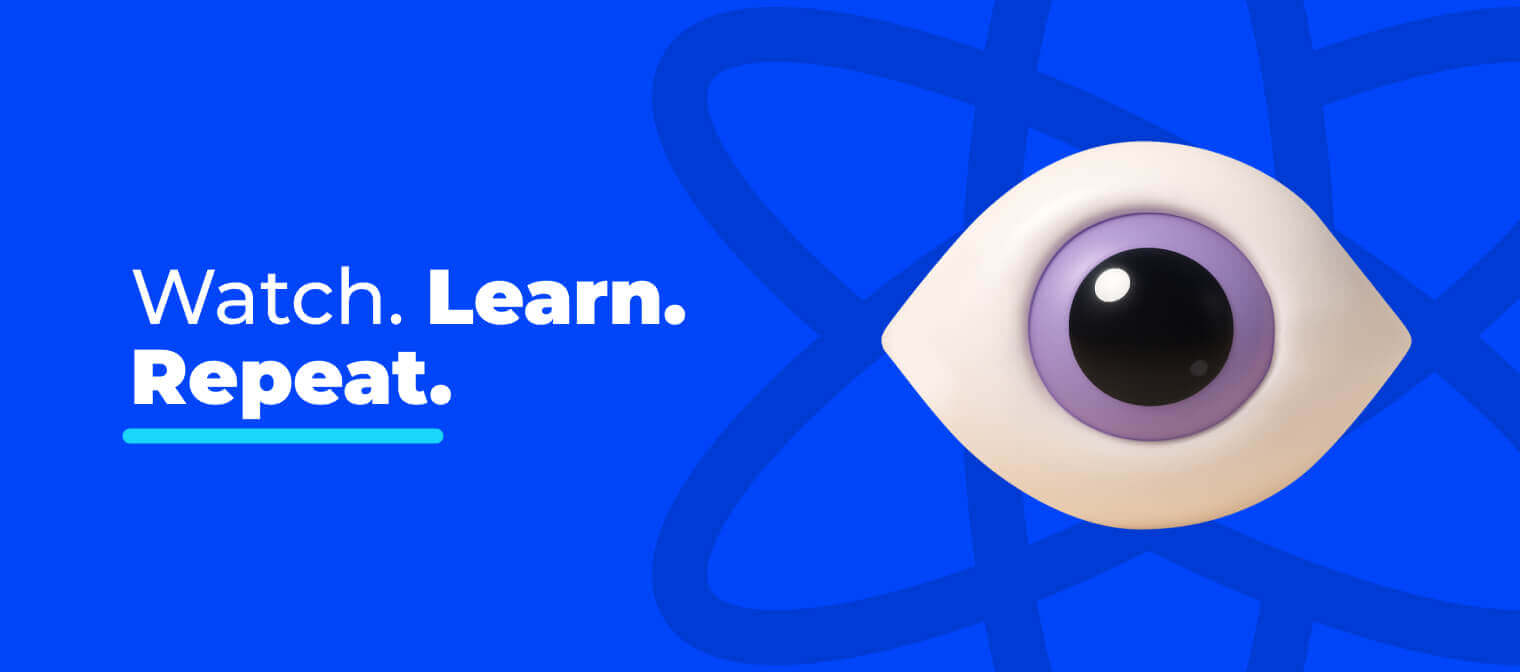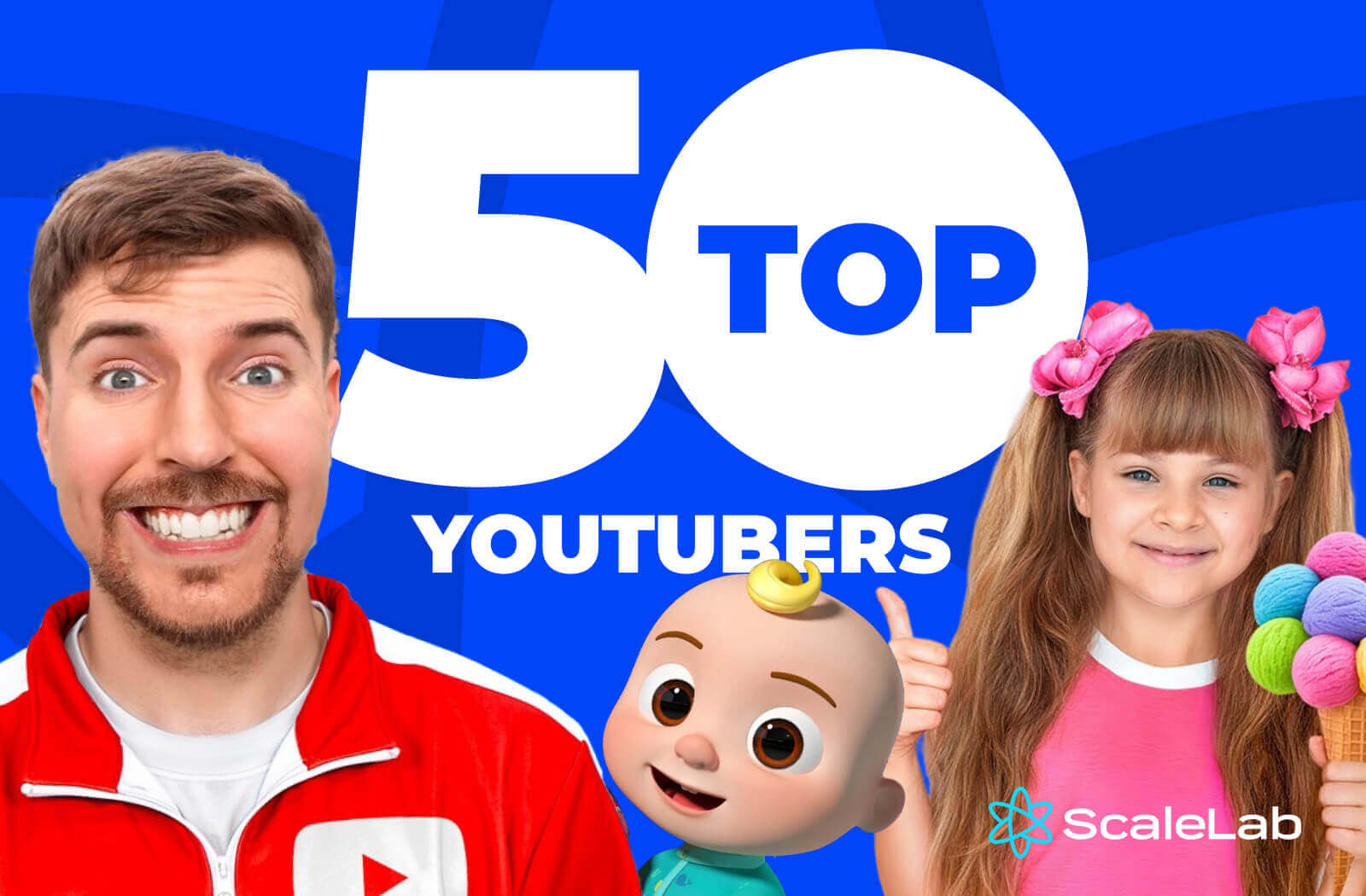If you’re stuck on what to make next, look at your YouTube Analytics. The real answers are in how people found your video, where the audience comes from, what made them stay, and if they came back.
We have worked with thousands of YouTubers. From daily vloggers to deep-dive educators. What we have learned is that most of the time, the answer is already sitting inside your analytics. But it takes knowing where to look and how to read what you see.
Let’s break that down.
Understand Key Metrics for Your Niche
Not every metric matters equally across every channel. What matters for a podcast channel is different from a meme shorts creator. And it is not always the usual suspects like CTR or watch time.
For example, educational creators should focus heavily on retention and average view duration. For lifestyle vloggers, returning viewers and comment engagement tell a clearer story. Music channels rely more on repeat views and sharing metrics. For gaming, it’s watch time and likes. For news channels, it’s comments and discussion.
This is why a big part of what we do at ScaleLab is helping creators identify the metrics that matter most to their content type and niche. We can analyze your channel and give you a clear breakdown of what your priority indicators should be and what to ignore.
Now, let’s talk about the areas inside your analytics where YouTube inspiration metrics usually hides.
Analytics Is a Story You Haven’t Finished Yet
Your YouTube stats dashboard is a place to see what flopped or went viral. It’s your real-time audience feedback loop.
If your viewers could talk to you directly, this is what they’d be saying:
- "We liked this title."
- "We bailed at 0:26."
- "We shared that one with our friends."
- "We came back next week."
So, if you're ever stuck on what to post next, stop brainstorming from scratch. Instead, ask your channel: “What did we already say that made people listen?”
That’s where you begin.

What To Look At
Let's take a closer look at what exactly you need to pay attention to in channel analytics.
Where Did the Views Come From?
Go to Analytics > Reach > Traffic source types.
If views come from YouTube Search → people want answers. Make more how-to, tips, or review videos.
If views come from Suggested or Browse → people are clicking because your title and thumbnail worked. Keep that format going.
If views mostly come from external sources (like Telegram or Discord) → YouTube isn’t pushing your content. That’s a sign to change direction.
Compare two videos with different traffic source insights. What brought people in tells you what to do more of.
Let’s say your last video got 80% from Search. It means you answered a question. Can you go deeper on that topic? Turn it into a series? Do a follow-up? Create a vs. comparison?
On the flip side, if a video got 70% from Browse and died in 24 hours, it means it had curiosity but no longevity. That’s useful. Not a failure.
What Got People to Click?
Click-through rate (CTR) = how many people saw your video and clicked. Your retention graph is the sharpest storytelling tool you have.
- CTR under 3% → title/thumbnail didn’t work.
- CTR 5-8% → strong.
- CTR 8%+ → repeat that style.
Now check impressions:
- Low impressions + high CTR. YouTube didn’t show it much.
- High impressions + low CTR. YouTube showed it, but people didn’t click. Change the title/thumbnail.
This is how you learn what gets attention.
Go frame by frame. Where did the first drop happen? What was on screen? Were you talking too slowly? Did the visuals lag behind the narrative? Were you still doing your intro when the audience already wanted the story?
Then look for the flat spots. Those rare places where people stayed. That’s gold. Replay that section. What was happening? Humor? Suspense? A visual demo?
There’s your inspiration. Reuse that structure. That pacing. That voice.
What Made People Stay?
Go to Audience retention. Look at where people leave.
- If they leave fast → the start was weak.
- If they leave halfway → your story or topic lost them.
Now find the videos where people stayed the longest. What was different? Use that structure again and improve video retention.
For example, we worked with a tech creator who moved the hook 15 seconds earlier. Retention went up 12%. It worked.
What Made People Come Back?
Analytics for creators is also about loyalty. Go to the Audience tab and find the Returning Viewers metric.
If this number is growing → people want more from you.
This number shows how many viewers come back for another video. Not because they are told to, but because they want to. That is the difference between one-time views and a channel that grows steadily.
To grow this, you need to:
- Make follow-up videos.
- Create a mini-series.
- Say “next time we’ll cover…”
YouTube pays attention when people come back.
We once helped a creator with strong standalone videos but no sense of continuity. Each upload was its own story. Good quality, but no reason to return.
We suggested launching a three-part theme series. It gave the audience a reason to come back. That small change lifted the return viewer rate by 35% in one month.
This is what we mean when we say YouTube inspiration metrics. You do not always need a new idea. Sometimes, you need a better follow-up.
Ready to turn data into growth?
We’ll break down your analytics and show you the exact moves to grow faster. Let’s talk.
Find What Surprised You
One of the most underrated tools is the Research tab. It is hidden under the Analytics section. This is where you see what your audience, and similar audiences, are searching for.
We use this constantly. Creators often assume they know what their viewers care about. This tab reveals how often that is wrong.
We saw a tech creator whose audience kept searching for budget gear comparisons, but he kept reviewing flagship models. Once he started responding to that data, both viewership and subscribers climbed.
It is a content inspiration tool that connects your audience to your next video idea. Simple, direct, data-backed.
Channel Performance Data
Pull up your last 90 days of uploads. Sort by views. Then sort again by subscribers gained. What is at the top? What patterns repeat?
Are they all about the same topic? Similar titles? Thumbnail structure? Was there a clear hook?
We call this “pattern scanning.” The goal is not to repeat the same format blindly. The goal is to ask, “Why did this work better?”
One of our partners found that every time he added the word “test” in his title (“We tested Y” or “Y under real conditions”), CTR and retention went up. That tiny framing shift led to a full rework of his channel’s titling strategy.
This is what YouTube metrics guide work looks like in practice. You chase proven signals.
Watching With New Eyes
Here is a tactic most skip. Pick one of your weaker videos. Open the retention graph. Find the first major drop.
Then watch that section like a viewer, not a creator.
Ask yourself:
- Is this confusing?
- Did I start too slow?
- Is the audio or visual messy here?
- Does it match the title?
You will be surprised how obvious it becomes when you see viewer behavior insights. We are too close to our own edits. But the audience reaction is honest.
Every channel has its own YouTube data interpretation journey. But the principle stays the same: test and learn fast. This is where you find content ideas for your redo. Or, at minimum, a stronger start for your next attempt.
Do Not Skip Advanced Mode
Most creators never touch Advanced Mode. But that is where some of the clearest stories live.
In Advanced, you can track:
- How did each video contribute to your subscriber growth?
- What device types do viewers use?
- How do people flow into your content from other videos?
For example, we worked with a lifestyle channel that realized 60% of their audience watched from TVs. Their on-screen text was too small. A simple change in formatting made a big impact on retention.
That is why channel performance data should guide creative decisions. Not analytics for analytics’ sake, but because the audience behavior tells you what they need.
What to Watch for in Analytics
So, let's sum up what exactly to pay attention to in your analytics.
- High CTR + high impressions → great idea and good delivery.
- High retention → strong content structure.
- High return viewers → people want more.
- High subs per video → they trust you.
You don’t need all of them. Just pick one that fits your channel type.
Examples:
- Gaming → Retention, comments.
- Podcasts → Watch time.
- Music → Shares.
- News → CTR, comments.
- Educational → View duration, saves.
This helps you focus on the right numbers.

Your Next Breakthrough Is Already in the Data
Analytics is spotting potential and a YouTube growth indicator. Analytics shows what worked, what didn’t, and what to do next.
- If people didn’t click → change how you present the idea.
- If they clicked but left fast → rethink the structure.
- If they came back → make more for them.
Simple.
And if you ever feel stuck trying to read the signals and need help reading your own analytics, reach out to us. We’ll go through your data with you, show what’s working, and help you plan your next steps.
Let’s build content that clicks and sticks.



